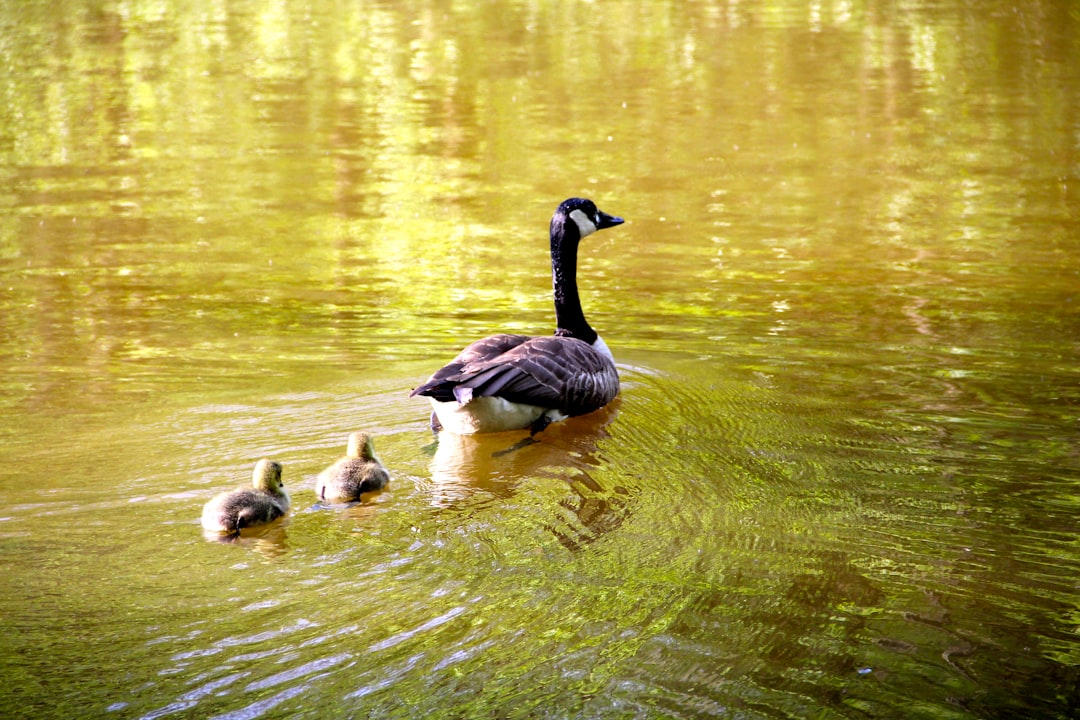First of all, baby bird pics!
We are tripping over baby birds here in our yard: all sorts of mottled, fluffy, not-quite-flying-well fledglings. I think the cardinals have quintupled in number - they’re everywhere. I watched a little dollop of baby bluebirds traverse the yard the other day while they were being yelled at/encouraged by their parents. Love this phase of spring.
We’re keeping the birdbaths full and fresh, switching out the hummingbird food every few days, and making sure to keep the dogs inside when baby birds are taking their initial, very ungraceful leaps.
Although I have to say, last year a baby robin took an unexpected ‘first flight’ while we were out in the yard with the dogs, landing right in front of Betty Biscuit. She had absolutely no idea what to do. The robin was perfectly safe while Betty B briefly just bounced about, looking confused, until we grabbed her. I think BB was doing the equivalent of walking quickly through the office holding paper, trying to look busy and important, but doing nothing actually productive.1 No-one was fooled.
Here are some great 2023 pics of baby birds from the Audubon Society.
Forest Regrowth on Caffeine
This is super interesting research that explores whether spreading coffee pulp (the waste from processing the coffee beans) helps boost forest recovery in areas that had previously been deforested. It turns out that in this experiment, it definitely did.
I love these kinds of projects that seek to solve two problems - what to do with waste, and how to help a deforested area recover. This kind of research doesn’t ask ‘what is the fastest way of regenerating forest’, nor does it ask ‘what is the cheapest way of disposing of organic waste’, it asks ‘what if we can improve this forest, by using this waste?’ So it might not be the ‘best’ solution for either problem separately, but it solves multiple problems more effectively than tackling either alone.
Hopefully this kind of idea will make it into more farms and forests.
An article by Dan Rather on freedom in higher education
I agree with Mr. Rather in this Substack article that what is happening in Florida is designed to “reverse the progress by which institutions of higher learning represent and serve the needs of a changing America”. By essentially banning diversity and equity teaching or recruitment for universities in Florida, Governor DeSantis has taken yet another step towards blatant autocracy by politically infringing on academic freedom. He is not the only one - other states are following suit.
The good news here is that by taking these steps publicly, it is abundantly clear what the agenda is. So it is also clear that we can avoid going any further down this path by voting this kind of madness out of office. I also think that, ultimately, efforts like these will only serve to spur institutions of higher education to come up with more innovative ways to protect implementation their missions.
In the short-term though, there are significant impacts to students, faculty, institutions, and to our reputation as a nation of excellence with respect to higher education. Dan Rather’s brief article is worth reading in its entirety.
Native plants in gardens
I’m not sure if this article in National Geographic is accessible to everyone, apologies if not, but one takeaway is this: if only 10% of all gardens, parks, and school properties were converted to native plants, insects would have over 4 million more acres of habitable environment.
And of course, it’s not just good for insects, but also for birds and animals that eat the insects. It also creates other benefits like reduced water use (native plants are usually more tolerant of drought for example).
I think this shows that major change is possible with really quite minor effort in some cases. If each of us who putter about in the garden anyway, added only a few native plants a year for a few years, it would be a huge boost to most of our neighborhoods and regional ecosystems. Check out the Garden for Wildlife store of the National Wildlife Federation for ideas and plants, and/or see if you can find a native plant nursery, or native specialist at your local nursery - they’re increasing all over the place.
Hope you have a great weekend!!

—
P.S. Next week I’ll have an article on the upcoming El Niño, ocean warming, and the 1.5C Paris Agreement goal. It’s going to be a warm one over the next year or so. And just like previous record warm years, there tends to be more energy behind climate action when it’s hot, and more willingness to engage in deeper solutions. So, we’ll explore that too.
By the way, this week, 65lb Ava The Collie managed, somehow, to sneak up on a squirrel. Ava literally paused - just stood there - allowing the squirrel to have a full-blown, and relatively prolonged panic attack, not knowing whether to run for the shed or the oak tree, and for seconds not doing either. When the squirrel finally decided that flailing about on the lawn in front of a large, fluffy dog might be a bad idea, and embarked on flight (rather than fight, sensibly), only then did Ava chase him, after giving him a second or two head start. SHE IS A FRAUD. She has no intention of ridding the world of squirrels as her scary barking at the trees suggests. SHE LET HIM GO! She is a good girl. Our dogs, however, would starve in the wild. Pretty sure the wolf genes are long gone in these two.


They ARE fairly useless in anything that might support their own survival - but gosh we do love ‘em, don’t we. Betty Biscuit and Sweet Ava Longnose, AND the squirrels...